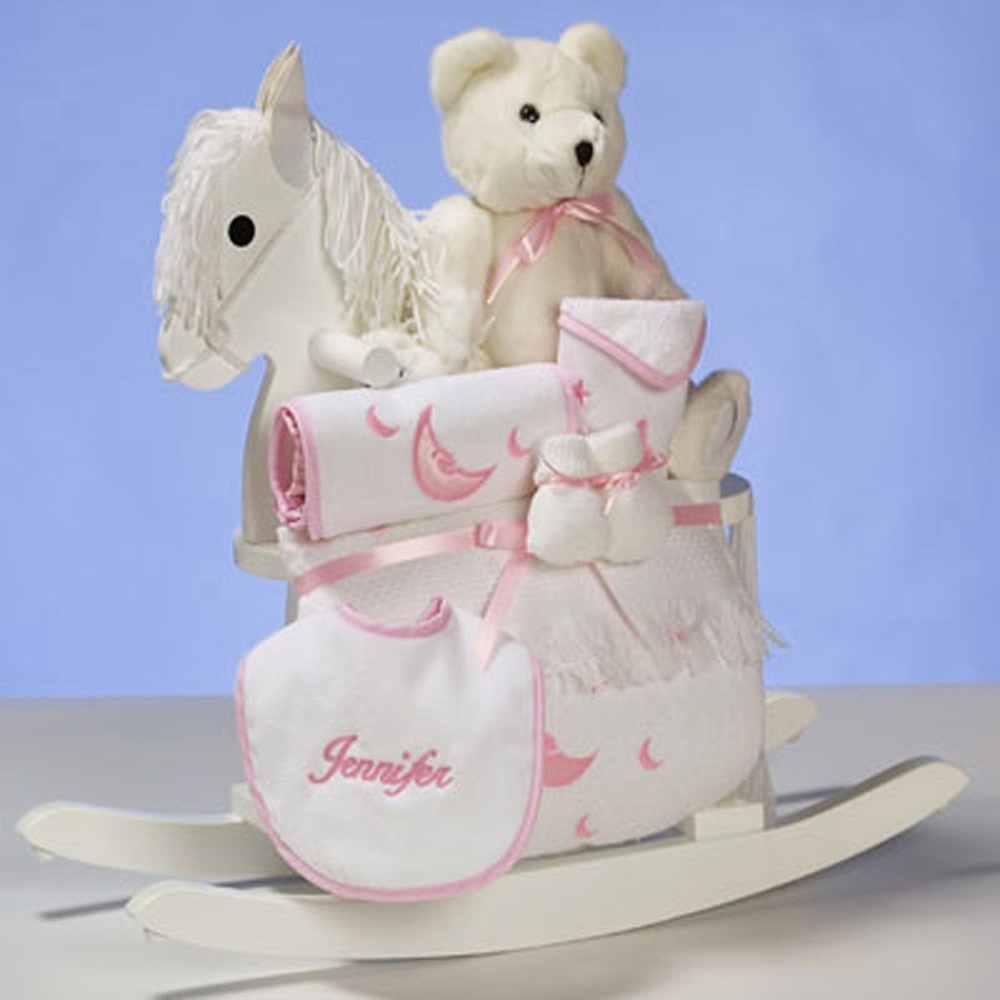What The Dalai Lama Can Teach You About Personalised Gifts Uk
페이지 정보

본문
3. Spider Plant: One of the easiest houseplants to care for, the spider plant is known for its long, arching leaves and ability to purify the air. It does well in a range of light conditions and only requires occasional watering.
Furthermore, breaking news tropical houseplants can help to create a more comfortable indoor environment by increasing humidity levels. Many tropical plants release moisture into the air through a process called transpiration, which can help to prevent dry skin, sore throats, and other symptoms of low humidity.
1. Watering: One of the most common mistakes people make with houseplants is overwatering. Most plants prefer to dry out slightly between waterings, so be mindful not to water your plants too frequently. The best way to test if your plant needs water is to stick your finger into the soil - if it feels dry an inch below the surface, it's time to water.
1. Spider mites: These tiny pests can infest tropical houseplants and cause damage to their leaves. To get rid of spider mites, you can wash your plants with a gentle soap solution, increase humidity levels, or introduce natural predators like ladybugs.
The history of garden design is a rich tapestry of styles, influences, and innovations, reflecting the changing aspirations, values, and aesthetics of different societies. From the formal gardens of ancient civilizations to the contemporary landscapes of today, the art of garden design has continually evolved to meet the needs and desires of each era. The principles of sustainability, biodiversity, and ecological sensitivity are now guiding the evolution of garden design, as designers seek to create landscapes that are both beautiful and environmentally friendly. The future of garden design promises to be as diverse, dynamic, and innovative as its past, as designers continue to push the boundaries of creativity and imagination in shaping the landscapes of tomorrow.
The Victorian era ushered in a new era of garden design, with the rise of the gardenesque style and the influence of exotic plants and materials from around the world. Victorian gardens were characterized by their eclectic mix of styles, materials, and plants, with ornate structures, intricate borders, and colourful displays. The formal bedding schemes and intricate parterres of the Victorian era reflected the opulence and grandeur of the period, with an emphasis on display and showmanship.
One of the most famous examples of Tudor garden design is Hampton Court Palace, which boasts a magnificent array of formal gardens, including the famous knot garden and the Great Vine. These gardens were meticulously planned and maintained, with every plant and tree placed with precision to create a sense of order and symmetry.
The role of the garden designer has also evolved in response to changing social, cultural, and environmental trends. Designers must now be knowledgeable about a wide range of disciplines, from horticulture to ecology, architecture to engineering, to create gardens that are both beautiful and sustainable. Collaborations with architects, artists, scientists, and community stakeholders are also common in contemporary garden design, as designers seek to create spaces that are integrated into their surroundings and serve multiple functions.
Houseplants have become increasingly popular in recent years, with many people recognising the numerous benefits they bring to both our homes and our well-being. From improving air quality to boosting mental health, the humble houseplant is a simple yet effective way to add a touch of nature to our indoor spaces.
Tropical houseplants originate from tropical regions around the world, such as Southeast Asia, South America, and Africa. These plants thrive in warm, humid environments with plenty of light, making them well-suited for indoor spaces. Tropical houseplants come in a wide variety of shapes, sizes, and colours, from large, leafy palms to tiny, delicate orchids.
In the 20th century, garden design continued to evolve with the emergence of modernist and postmodernist movements, influenced by changing social, cultural, and environmental factors. Modernist gardens, such as those designed by Gertrude Jekyll and Lawrence Johnston, sought to blend art, architecture, and nature in a harmonious fusion of form and function. Postmodernist gardens, such as those created by Charles Jencks and Martha Schwartz, embraced irony, playfulness, and eclecticism in a bold departure from tradition.
In medieval Europe, garden design underwent a transformation with the influence of Christian monasticism and Islamic garden traditions. Monastic gardens were designed to provide sustenance, solace, and meditation for monks, with simple layouts and utilitarian plants. Islamic gardens, on the other hand, were designed as havens of tranquility and beauty, with lavish water features, lush vegetation, and ornate tile work.
 Another key factor to consider when choosing houseplants is the amount of care and maintenance they require. If you have a busy schedule or are new to plant care, opt for low-maintenance plants that require minimal watering and attention, such as pothos, succulents and cacti. On the other hand, if you enjoy tending to your plants and have the time to dedicate to their care, you may prefer more high-maintenance plants that require regular watering, pruning and fertilising, such as orchids, fiddle-leaf figs and peace lilies.
Another key factor to consider when choosing houseplants is the amount of care and maintenance they require. If you have a busy schedule or are new to plant care, opt for low-maintenance plants that require minimal watering and attention, such as pothos, succulents and cacti. On the other hand, if you enjoy tending to your plants and have the time to dedicate to their care, you may prefer more high-maintenance plants that require regular watering, pruning and fertilising, such as orchids, fiddle-leaf figs and peace lilies.
- 이전글cool-one-800-peach-ice-disposable 24.06.16
- 다음글20 Myths About Best 18-Wheeler Accident Lawyer: Dispelled 24.06.16
댓글목록
등록된 댓글이 없습니다.


 블로그체험단 바로가기
블로그체험단 바로가기